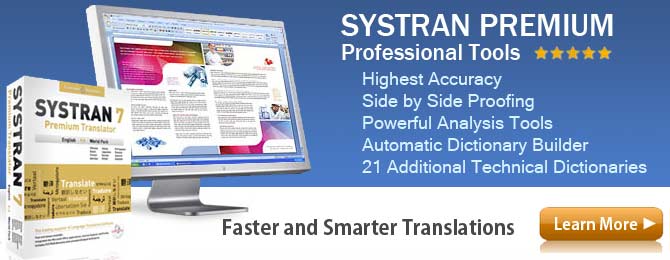Learn about Translation and German Dialects
When you translate German into English it is important to remember that there are many different German dialects. Learning a bit about language dialects can go a long way in helping you to maximize your use of language translation software.
The German language is spoken by approximately 130 million people worldwide; with approximately 100 million being native German speakers, and the other 30 million learned speakers. There are six main dialects of German today, with hundreds more utilized by people around the world.
What is a Dialect?
A language dialect is created by the variations in grammar, pronunciation, and vocabulary of a particular language. These variations have developed over time based on the geographical and social differences from one area to another.
Understanding the Difference between American English and UK English Dialects
The best example of a dialect is to compare at the two popular English dialects – US English and UK English. While the major parts of speech are the same between the two, if you were to go to the UK you would find slight changes in the spellings and use of words. For example, in American English we spell “color” while in the UK it is spelled “colour.”
In Systran’s Translation Software we have built in the ability to translate using either the American English or the UK English dialect.
The Six Major German Dialects
Standard German
All people educated in German learn what is referred to as Hochdeutsch or Standard German. This is the dialect used for broadcast, movies books, tv and official documents.
In addition to Standard German, the most popular dialects, moving from the geographic North to South, are: Fiesian, Low German/Plattdeutsch, Middle German, Frankish, Alemannic, and Bavarian-Austrian.
The Fiesian German Dialect
The Fiesian German dialect is spoken in the north of Germany along the coast of the North Sea. In addition, West Fiesian, North Fiesian and East Fiesian are further dialects spoken in their own geographic areas of Northern Germany.
The Low German / Plattdeutsch Dialect
The Low German dialect, also referred to as Plattdeutsch, derives its name from the flat plain terrain of the area, which is located from the Dutch border eastward towards the areas formerly known as Eastern Pommerania and East Prussia.
The Middle German Dialect
The Middle German dialect is spoken in areas across Germany from Luxembourg to Poland. As with other German dialects, Middle German has many local dialects.
The Frankish German Dialect
The Frankish German dialect is spoken along Germany’s main river and in the center of the country. Two other dialects, known as South Frankish and Rhine Frankish are spoken in the Northwestern region towards the Moselle River.
The Alemannic German Dialect
The Alemannic German dialect is spoken mostly in the country of Switzerland.
The Bavarian-Austrian German Dialect
The Bavarian-Austrian German dialect is spoken within the entire region of Bavaria and Austria. While there are some regional differences in speech, they are not significant.
Understanding Localize or Localization
Localization is when you modify a translation for a certain dialect. Learn more about German Localization.
Systran’s Translation Software Uses Standard German
Systran’s translation software uses the Standard German or Hochdeutsch for the translation. However, you can easily customize the German translation into another dialect by simply training the software to recognize different words for another dialect. You can accomplish this by building your own custom dictionaries, building translation memory and more. For example, you can easily create a “German Dialect” dictionary.
Get your German Translation Software package today!






